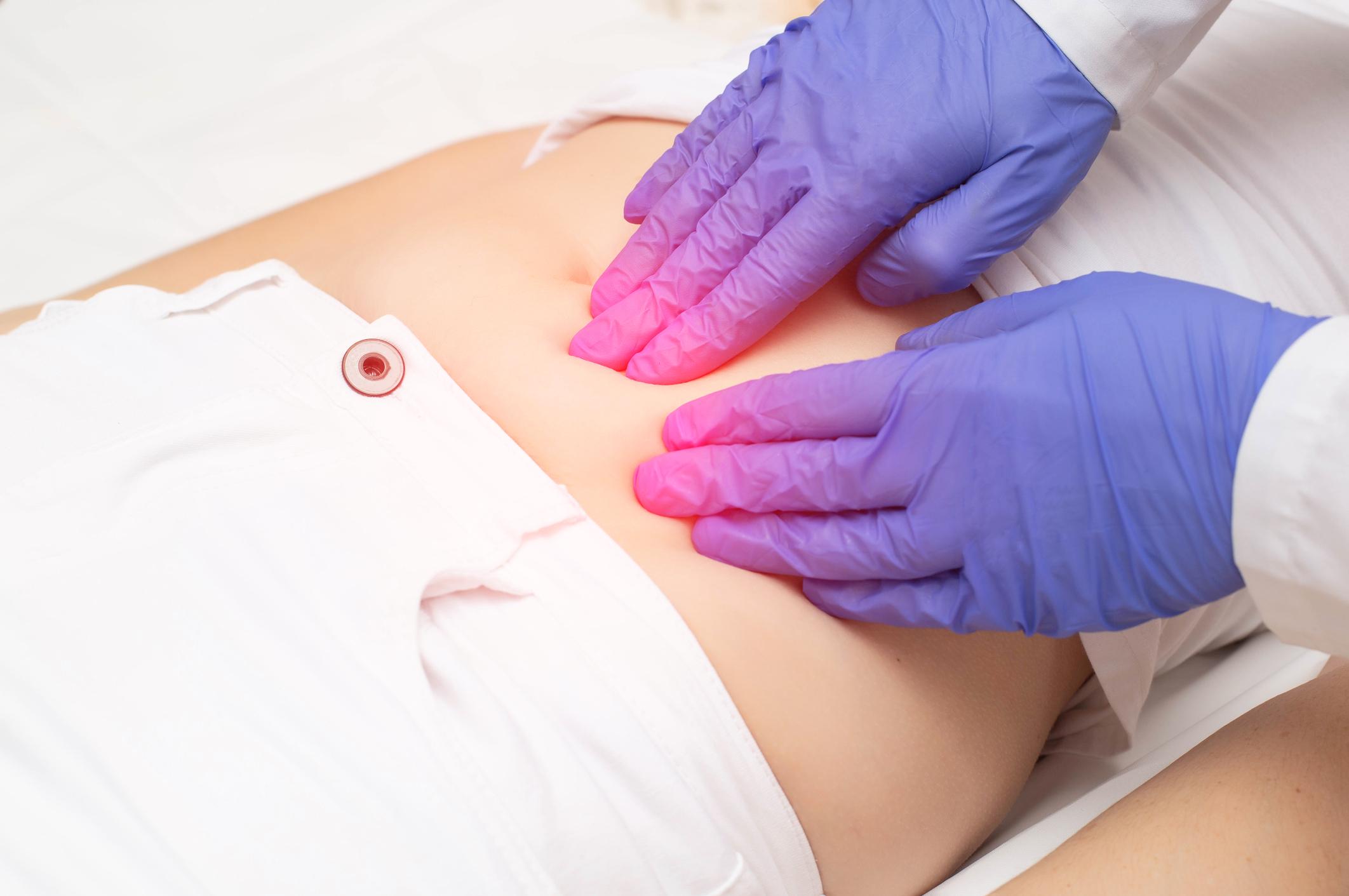The human body is nothing short of a marvel when it comes to the design and function of each individual part. And if you think about it, there is so much that we already know – with volumes after volumes of recorded information from hundreds of years ago until today – and yet, there are still unresolved medical mysteries and questions that have not yet been answered. One of these is related to a condition that only affects women – uterine fibroids. Questions about uterine fibroids are something that you can talk to Dr. Ng Kai Lyn about. Dr. Ng Kai Lyn is a consultant obstetrician and gynaecologist in Singapore and she has years of experience in diagnosing and managing uterine fibroids, ovarian cysts, overactive bladder, endometrial polyps, endometriosis, and fertility issues.
Uterine fibroids are non-cancerous growths made of fibrous tissue and muscle that form around or in the uterus. The exact cause of fibroids is still unknown but recent clinical studies show that they are linked to estrogen, a female reproductive hormone produced by the ovaries. These benign growths are also known as leiomyomas or myomas. Fibroids have been observed to develop around the age of 16 to 50, or during the length of a woman’s reproductive years when the oestrogen levels in her body are at its highest. Over the years, when the oestrogen levels are low, fibroids tend to shrink.
If you want to learn more about uterine fibroids, this article will discuss the following:
- Types of fibroids
- Who is at risk for fibroids
- The associated symptoms
- Diagnosing fibroids
- Management and treatment
Let us start by identifying the types of fibroids
Fibroids can grow anywhere in the uterus and its type is determined by the location where it appears.
Intramural fibroids that appear within the muscular wall of the uterus is the most common type of fibroids. They can grow considerable in size and are capable of stretching the womb. Submucosal fibroids are tumors that form in the middle layer of the muscle in the uterus (myometrium). Subserosal fibroids, on the other hand, can grow outside the lining of the uterus (called serosa). This type of fibroid can also grow big enough to make it appear that the one side of the uterus is larger than the other. And lastly, the are pedunculated fibroids, which are subserosal tumors that have developed a stem or base to support the tumor.
Who is at risk for uterine fibroids?
Believe it or not, one in three women develop uterine fibroids at some point in their life. They commonly occur in women aged thirty to fifty years, but the hard truth is, they can occur to women at any age. According to statistics, fibroids affect women of African American descent more than any other race, and they also seem to develop at a younger age and have accelerated growth in African American women.
Overweight or obese women are considered as high risk for fibroids because being overweight increases the level of oestrogen in the body. And if you have a family history of fibroids, the risk increases significantly, too.
Symptoms of fibroids
Some fibroids are so small that a microscope is needed to see them, while others can grow so big (up to several kilogram or pounds in weight) that they fill an entire uterus. Sounds difficult to believe but it’s true! A lot of women who have uterine fibroids do not have any symptoms and in those that do, the symptoms are often links to the size, location, and number of fibroids (some patients have only one fibroid, others can have several).
Women who have symptoms reported that they have experienced the following: pain or pressure in the pelvic area, intense bleeding during menstruation, menstrual period that lasts for more than seven days, the need to urinate frequently or difficulty in emptying the bladder, constipation, leg pains or backache.
How fibroids are diagnosed
In most cases in Singapore, uterine fibroids are diagnosed during a routine pelvic exam or gynecologic exam. Doctors may consider fibroids as a part of their diagnosis when a patient describe heavy bleeding as one of the symptoms. To confirm this and determine the locations and size of the fibroids, any of the tests below can be done:
- Laparoscopy: The doctor creates a small incision in the lower abdomen and then inserts a scope (a long, thin, and flexible tube with a camera on one end) to look at the uterus.
- Magnetic resonance imaging (MRI): Using radio waves and magnets, detailed images of the reproductive organs are produced.
- Hysteroscopy: Using the same instrument in a laparoscopy, the doctor inserts a scope through the opening in the vagina, pass the cervix, and into the uterus.
- Ultrasonography: A picture of the internal organs are created using sound waves. This non-invasive imaging test may be performed in two options: transabdominal or transvaginal.
- CT scan: A CT scan produces x-ray images of the reproductive organs from different angles.
Treating uterine fibroids
The management and care for uterine fibroids depend on a variety of factors: the symptoms that patient is having as well as the number, size, and location of the fibroids.
If diagnosed with the condition, you will need to visit your gynecologist every once in a while to monitor the fibroids closely. Pelvic exams and ultrasound may be advised depending by the symptoms and size of the uterine fibroids. Treatment may be forgone for those who are not experiencing symptoms, as small fibroids are typically harmless. For those who have severe symptoms like intense pelvic pain, urinary tract or bowel issues, or infertility, a treatment plan will be provided. The common treatment options include birth control (in form of intrauterine devices (IUDs), injections, or oral contraceptive pills), OTC pain relievers, or oral therapy to control heavy bleeding. Fibroid surgery is another option, but you have to choose one carefully as it may (or may not) affect your chances of becoming pregnant in the future.
A Final Word of Advice
There are a lot of options to treat uterine fibrosis nowadays so you do not have to worry! Just make sure that before considering any treatment – medication or surgery – consult with a gynecologist to understand the benefits and risks.
—
Dr Ng Kai Lyn – Consultant Obstetrician and Gynaecologist
Mount Elizabeth Novena: 38 Irrawady Road 05-34/35
Singapore 329563
Hougang: 684 Hougang Ave 8 01-198
Singapore 530684
+65 60 1115 31











